17 Attitude Era WWE Superstars You Totally Don't Remember
They can't all be The Rock and Stone Cold.
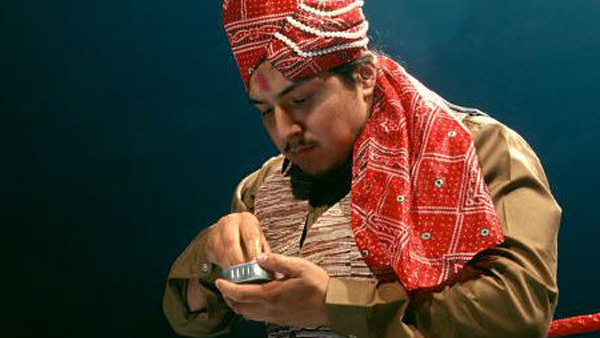
During WWE's Attitude Era, the eyes of the world were on the company. Pro wrestlers became household names, and even midcard-level stars from the late-' 90s, like D'Lo Brown and Billy Gunn, are fondly remembered today. In essence, just working for WWE from 1997 to 2001 was enough to guarantee a reputation of success in the industry.
In essence, maybe, but not in reality. The truth is, WWE was a money-making machine during the Attitude Era, but just like with most machines, there were large parts and small parts. Some of the very smallest - especially those that didn't keep the machine in motion for very long - are all but forgotten today.
Still, their contributions are cemented in history - it's all a matter of locating them. Which reigning NWA World Heavyweight Champion competed on Monday Night Raw? Which former World Tag Team Champions were completely repackaged? Which Japanese pro wrestling stable jumped to WWE, nearly in its entirety? Which luchadors helped strengthen WWE's Light Heavyweight division during its early days? The answers can all be found in this list of the obscure.
17. Brakkus

Bodybuilder Achim Albrecht signed with WWE in 1996, despite having no professional wrestling experience. He was trained by the company, then appeared sporadically throughout '96 and '97 under the names Argo and, eventually, Brakkus. He failed to impress and, despite vignettes hyping his arrival in 1997, he was sent to the USWA and ECW to get more experience. Finally, in 1998, he came back to WWE, but the writing was on the wall - he just wasn't meant to be a wrestler. Shortly after appearing in the Brawl for All tournament, the German strongman was released.
16. Key
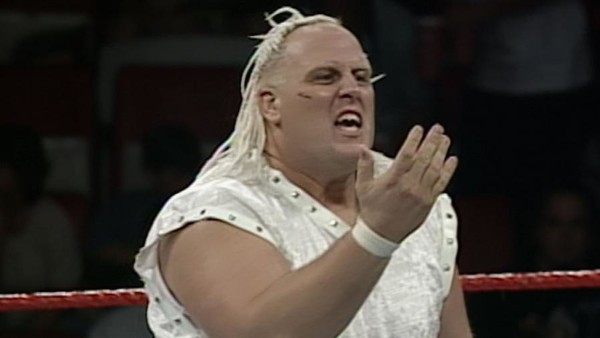
Vic Grimes was a standout on the California wrestling independent scene before he was recruited by WWE. Once called up to the main roster in July of 1999, he was given the ill-conceived gimmick of Key, the drug dealer who helped Droz hook Road Warrior Hawk on illicit substances so Droz could take his place in the Legion of Doom. After only a few appearances, Grimes was sent to ECW, but a near-fatal scaffolding fall with New Jack sealed his fate there.
15. Papi Chulo
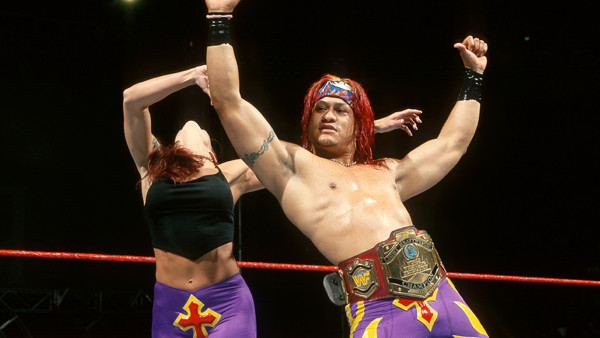
Originally debuting in WWE at the tender age of 18, Aguila was a part of WWE's Light Heavyweight division - and even got a shot at Taka Michinoku's title at WrestleMania XIV. After the big event, he was repackaged - the mask was gone, and he was now Papi Chulo - or "Pimp Daddy". Still an amazing high-flier, Papi Chulo suffered from WWE's complete lack of interest in the Light Heavyweight division. He went to ECW, then finally came back to WWE for one more run, experiencing mild success as Essa Rios.
14. Southern Justice
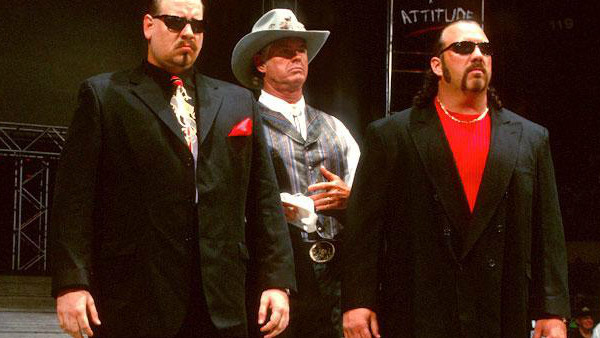
The Godwinns were a joke team from WWE's cartoonish New Generation era in the mid-90s, but Henry O. and Phineas I. still managed to capture tag team gold on a couple of occasions. In 1998, though, they were repackaged under their real names as suit-wearing bad-asses, muscle for up-and-coming heel Jeff Jarrett. Unfortunately, Mark Canterbury (Henry) suffered a career-ending neck injury shortly after the gimmick change, and Southern Justice was kaput. Dennis Knight would soon be sacrificed by The Undertaker and reborn as Mideon.
13. Just Joe

Canadian independent worker Joe E. Legend broke into wrestling with future stars Edge, Christian, and Rhyno, and in 2000, he got his own shot at the big time with a WWE contract. As Just Joe, Legend played a backstage worker who would deliver messages between superstars, often adding his own troublemaking spin to things. Needless to say, this gimmick was less fascinating than WWE had anticipated, and by 2001 - with only a handful of televised matches to his credit - Legend was released.
12. Public Enemy
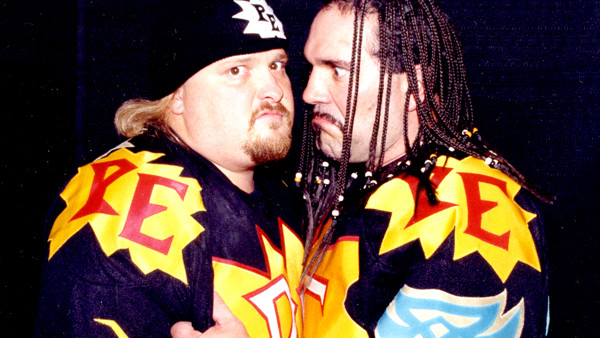
Rocco Rock and Johnny Grunge were one of ECW's all-time most popular tag teams, winning gold on four occasions before jumping to WCW. While down south, they didn't experience the same level of success, but they still managed to claim the WCW World Tag Team Titles and bring a more extreme style of competition to the division. In 1999, though, they joined WWE, and were immediately behind the eight ball. There are rumors as to why they came in with so much heat (ranging from the fact they were recruited by Terry Taylor to an early request to change a match finish), but the two men were squashed by the Acolytes and sent packing after only a couple of months.
11. Tom Brandi
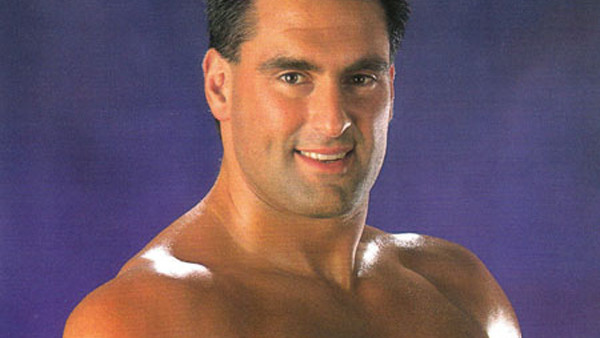
Before there was Santino Marella, there was Salvatore Sincere, an Italian stereotype who spoke with a cartoonish accent and hid his obnoxious behavior behind promises that he loved everyone (because he wasn't really sincere, see). After a brief feud with Marc Mero in which Mero called Sal a jobber and used his real name, Sincere started competing under it. As Tom Brandi, he continued to fail to set the world on fire. He appeared in the 1998 Royal Rumble and was released a few months later.
10. Pantera

El Pantera is a Lucha Libre veteran who has worked for every major promotion in Mexico, but his tenure in WWE was less than memorable. Like Papi Chulo, he was brought in to participate in WWE's Light Heavyweight division, and he received his own title shot at champion Taka Michinoku at No Way Out 1998. Michinoku was victorious, of course, and after making some appearances as part of WWE's Lucha-focused Super Astros TV show, Pantera went back to Mexico full time.
9. The Minis
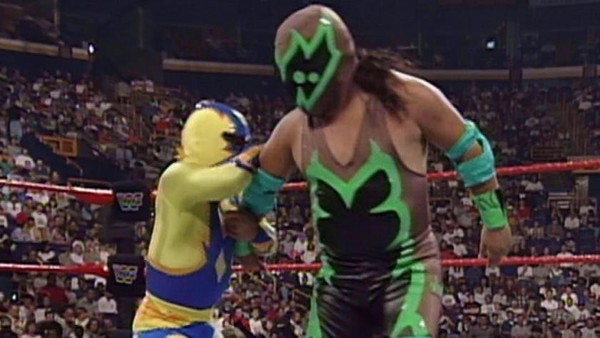
Long before WeeLC or Smackdown's "Juniors Division," Mexican minis (an important part of Lucha Libre) made sporadic appearances on television and pay-per-view. Beginning in 1997, several of Mexico's top minis were signed up and repacked, including Mascarita Sagrada (who became Nova), Espectrito (who worked as both Mini Vader and the original El Torito), Octagoncito (Mosaic) and division lynchpin Mascarita Sagrada, Jr., who became Max Mini. The speedy, high-flying minis brought their signature action to WWE, but it wasn't something to which the company committed long-term. Despite matches at Badd Blood 1997 and Royal Rumble 1998, the minis were soon gone from WWE.
8. Mr. Hughes
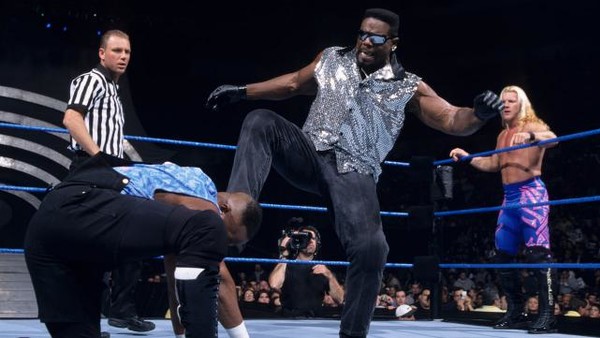
Curtis Hughes competed all over the country in the 1990s, spending time in WCW, ECW, and having three separate stints in WWE. Though he feuded with The Undertaker in 1993 and backed up a pre-Chyna-ed Triple H in 1997, during the Attitude Era he had another role - muscle for new WWE Superstar Chris Jericho. He aided Jericho in the future WWE Champion's first feud, a program with Ken Shamrock, but Jericho turned on Hughes when he failed to ensure victories for Y2J. The two clashed in a match, and soon afterwards, Hughes left WWE once again.
7. Babu
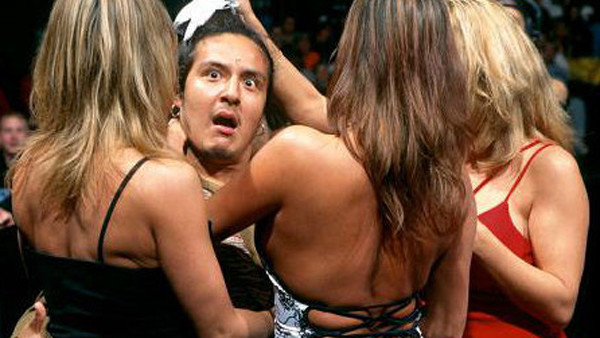
In the grand tradition of wrestlers lying about their cultures for gimmick purposes, Babu - Tiger Ali Singh's put-upon manservant - was actually Pablo Marquez, an Ecuadorian wrestler who trained at ECW's House of Hardcore. After participating in matches for the brand-new Light Heavyweight division, Marquez was put with Singh (first as "Abu," then as "Babu") in the primarily non-wrestling role. When Singh's stock started to dip, Marquez headed back to ECW. He would later compete in Puerto Rico and Japan.
6. The Blue Meanie
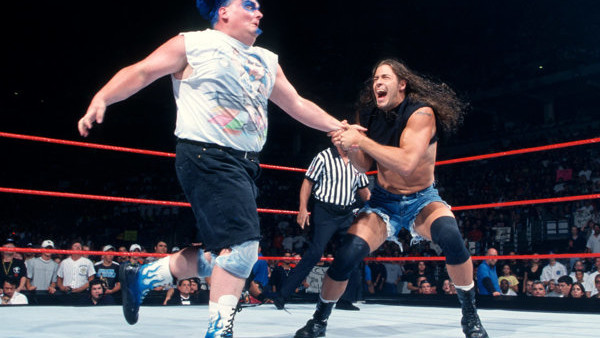
After achieving some measure of success in ECW, The Blue Meanie - named after the antagonists in The Beatles' Yellow Submarine movie - was signed by WWE, despite not fitting the company's traditional superstar mold. He joined up with Al Snow's JOB Squad, but soon switched allegiances and became a second for Goldust. It wasn't long before Goldust ended the arrangement, though, and Meanie's tenure in WWE fizzled out. He would return early in the ECW revival, but that, too, was a brief tenure.
5. Dick Togo/Men's Teioh
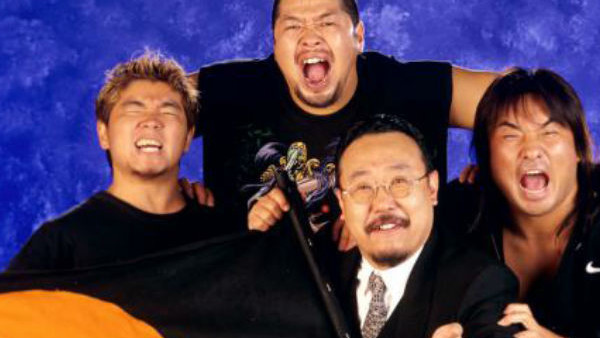
Kaientai is best remembered (by WWE fans, anyway) as a two-man unit, comprised of a poorly-dubbed Taka Michinoku and Funaki, but when the group first debuted in WWE, it looked a lot more like Kaientai DX, the stable's Japanese incarnation. Led by Wally Yamaguchi, Funaki, Men's Teioh, and Dick Togo came into the company and started a feud with Taka Michinoku (and later, Val Venis). Michinoku would turn heel and join the group, becoming a thorn in Venis's side (and, in an infamous angle, nearly costing him his manhood). Togo, Teioh, and Yamaguchi left after the Venis feud ended, and Funaki and Michinoku formed the EVIL team we all remember and love today.
4. K-Kwik
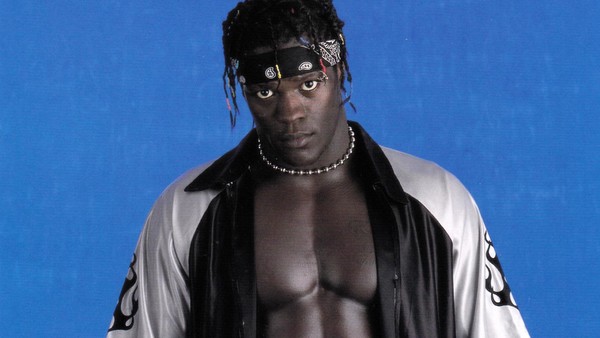
Since returning to WWE in 2008, R-Truth has seen his share of career peaks and valleys, but the former United States and Tag Team Champion has done better under that moniker than he did as K-Kwik. In 2000, K-Kwik debuted as Road Dogg's tag team partner following the dissolution of the New Age Outlaws. Tagging with one of the company's most popular wrestlers wasn't a bad spot to be in, but Road Dogg's drug issues led to his suspension, then firing, and K-Kwik was left in limbo. After an ultra-brief Hardcore Title reign, he was released from the company.
3. Haku

Everyone remembers the Colossal Connection, Haku's championship tag team with Andre the Giant, but less memorable is his second stint with WWE. At the 2001 Royal Rumble, the reigning WCW Hardcore Champion returned to his old stomping grounds, participating in the match as a surprise entrant. Soon afterwards, the legendary tough guy would start teaming with Rikishi, who had turned heel when he admitted to running over Steve Austin. Rikishi would soon get injured, though, and in July of 2001, Haku was given his pink slip.
2. Dan Severn
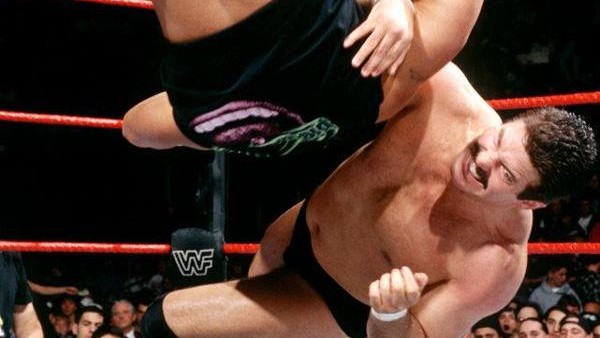
Early UFC Champion Dan 'The Beast' Severn was no stranger to pro wrestling when he joined WWE - he was already in the midst of the longest NWA Title reign of the post-WCW split era. Still, he was unable to capture the same success in WWE as he did elsewhere. Most likely due to his lack of interview skills and plain (but no-nonsense) character, the company never got behind him, despite initially teasing a rematch with his former UFC rival Ken Shamrock. Severn would be cut early in 1999, and his bad-ass theme music would be given to Steve Williams.
1. Meat
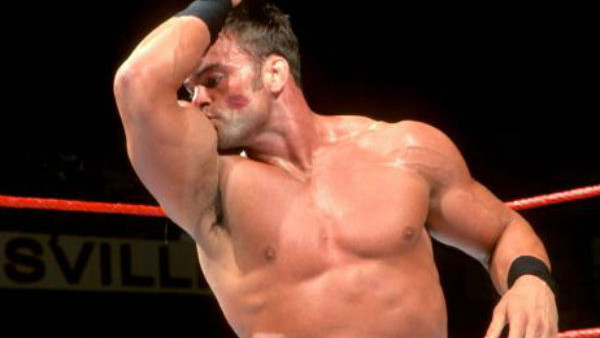
Even in the Attitude Era, there were few gimmicks as strange and off-putting as that of Meat, the boy-toy of Jacqueline and Terri Runnels's "Pretty Mean Sisters" tandem. Wearing trunks designed to look like plain underwear, Meat would come to the ring, do their bidding, and leave with nary a hint of character development. In reality, Meat was Shawn Stasiak (son of former WWE Champion Stan Stasiak), and after a face turn and reversion to his real name, he was fired. He would end up in WCW, then rejoin WWE after the buyout, but once again, he was out of work before he knew it.